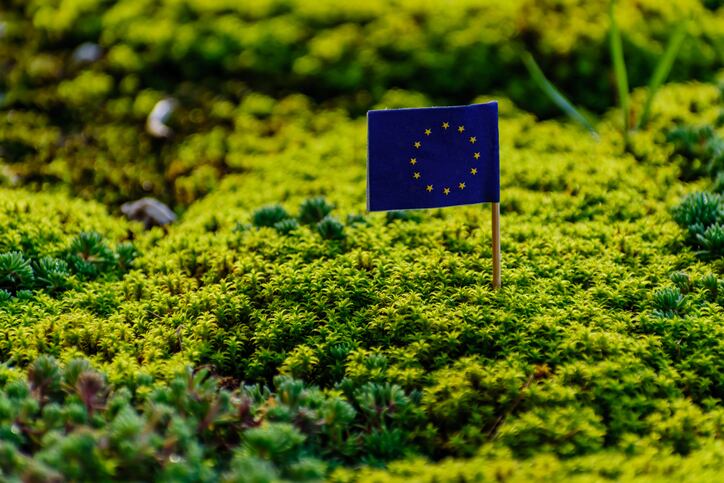In March 2020, the European Commission adopted its latest Circular Economy Action Plan for Europe as one of the main building blocks for its wider European Green Deal announced in 2019. The Commission said its 2020 plan promised legislative and non-legislative measures on circularity where action at EU level would bring “real added value”. For Europe's beauty and personal care industry, the plan had “the potential to be transformative”, according to trade association Cosmetics Europe.
So, what exactly does the future of circular beauty need to look like?
Driving forward the collaborative beauty innovation loop
“Collaboration is at the heart of a circular economy and, of course, innovation,” said Christina Raab, vice president of strategy and development at the Cradle to Cradle Products Innovation Institute.
Speaking at a panel webinar led by French social enterprise Spark News at Cosmoprof Bologna Worldwide’s virtual event WeCosmoprof earlier this month, Raab said collaborative and innovative efforts had to involve all parts of the supply chain – from chemical companies and formulators, through to packaging firms, beauty brands and retailers.
She said Cradle to Cradle had interestingly observed that once companies throughout the value chain started thinking more circular, it then “encouraged and enhanced” more collaboration, particularly in-house between departments.
But, Raab said successful circular beauty models also required industry-wide collaboration in the pre-competitive space.
Advancing the 'system as a whole'
Areas like new ingredients and packaging materials were strong examples of spaces that benefited from brands, suppliers and retailers working together to drive and build market demand collectively, she said.
“Of course, beauty is a competitive industry but there are products in a pre-competitive space where a system as a whole can be advanced and still offer room for this individual positioning and differentiation of brands and retailers.”
Collaboration in pre-competitive packaging innovation was already relatively widespread in beauty, with major brands and big packaging players co-developing new formats. Most recently, L’Oréal and Albéa collaborated to develop and launch paper-based tubes that L’Oréal rolled out in France earlier this month under its La Roche-Posay brand. Albéa Packaging had also recently worked with Colgate-Palmolive to develop and launch its 100% recyclable tubes for its vegan toothpaste launch at the beginning of this year.
Private US recycling and waste management firm TerraCycle was also working worldwide with beauty players, most recently investing efforts in the co-development of durable and reusable packaging formats for brands including Unilever.
Circular beauty – a ‘bold vision’ for the future
Working within global standards and certification programmes like Cradle to Cradle, Raab said, was also important when those products made it to shelf.
The Institute, she said, had “quite a bold vision” for the future where safe materials and products were designed and manufactured for a circular economy and the health and wellbeing of people and planet were maximised, and the Cradle to Cradle (C2C) standard and certification – independently verifying all aspects of product development, from raw materials, ingredients and packaging to social impact, water and energy use – aimed to achieve this worldwide.
“The standard is applied by a variety of companies, small and large, and it’s always under the motivation of offering products that are clean, circular and responsible.”
L’Oréal and Coty were two major beauty companies working with the C2C standard, along with major global supplier International Flavors & Fragrances (IFF), she said.
Importantly, the resulting C2C certification could be used in various ways, including as an on-pack symbol or supplementary information on company websites and social media campaigns. “It depends on the communication and positioning strategy of the brand. I would say both approaches work very well.”


